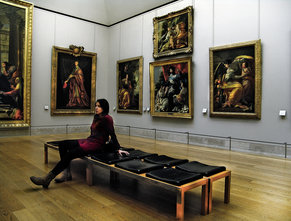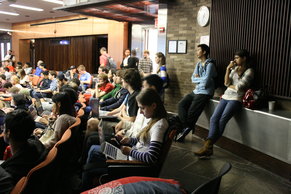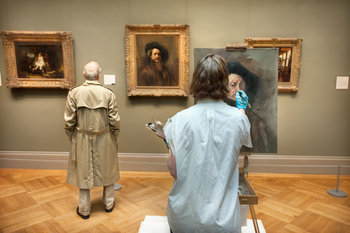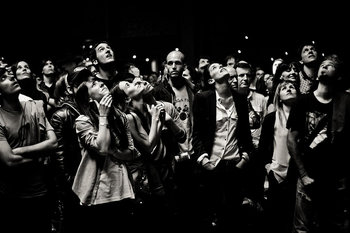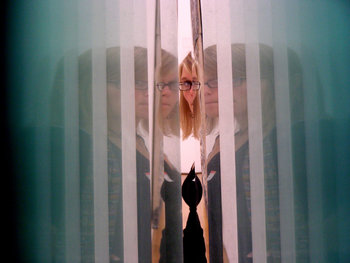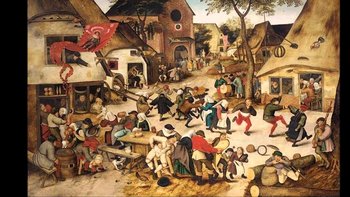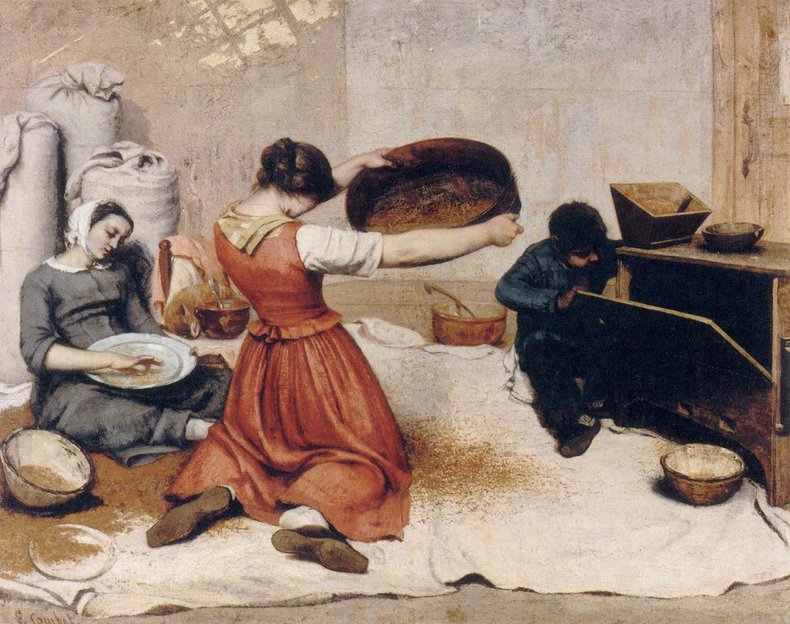
Realistic Optimism
Realistic optimism is the use of the imagination to solve problems. This is based on the view that creativity and calculated risk taking are useful tools for dealing with uncertainty and creating value. A realistic optimist uses any data they can find but is also willing to proceed with actions in an environment of ambiguity.Pessimism
In everyday language, the term realism is often used to indicate the elimination of imagination or optimism from thinking processes. This is more or less synonymous with pessimism.Defensive Pessimism
Defensive pessimism is the use of optimism to generate ideas and the use of pessimism to validate ideas.Balanced Realism
Realism is often presented as being a balance between optimism and pessimism. This implies an individual has the ability to use both imaginative approaches to thinking balanced with evidence-based thinking.Naive Realism
Naive realism is the belief that what we experience with our senses such as sight is the real universe. For example, if we see a beautiful butterfly then it is beautiful in reality and this in not just some human sense of color perception and aesthetics. Likewise, if we see an ugly thing, a naive realist would say this is actually ugly as opposed to being a human judgement.Moral Realism
Moral realism is the idea that ethical principles reflect the real nature of the universe and aren't just human constructs.Pragmatism
Pragmatists reject the notion that it is important to understand reality and instead view thought as a tool for prediction, problem solving, decision making and action. For example, a pragmatist might say that a butterfly is beautiful if most people believe so and it doesn't matter if it is beautiful in reality.Artistic Realism
Artistic realism is an attempt to capture things as they are perceived by the senses without incorporating any products of the artist's mind such as style or imagination.Overview
Realism is a philosophy, character trait or perspective that is concerned with how things really are without them being colored by emotion, narrative, conjecture or abstractions.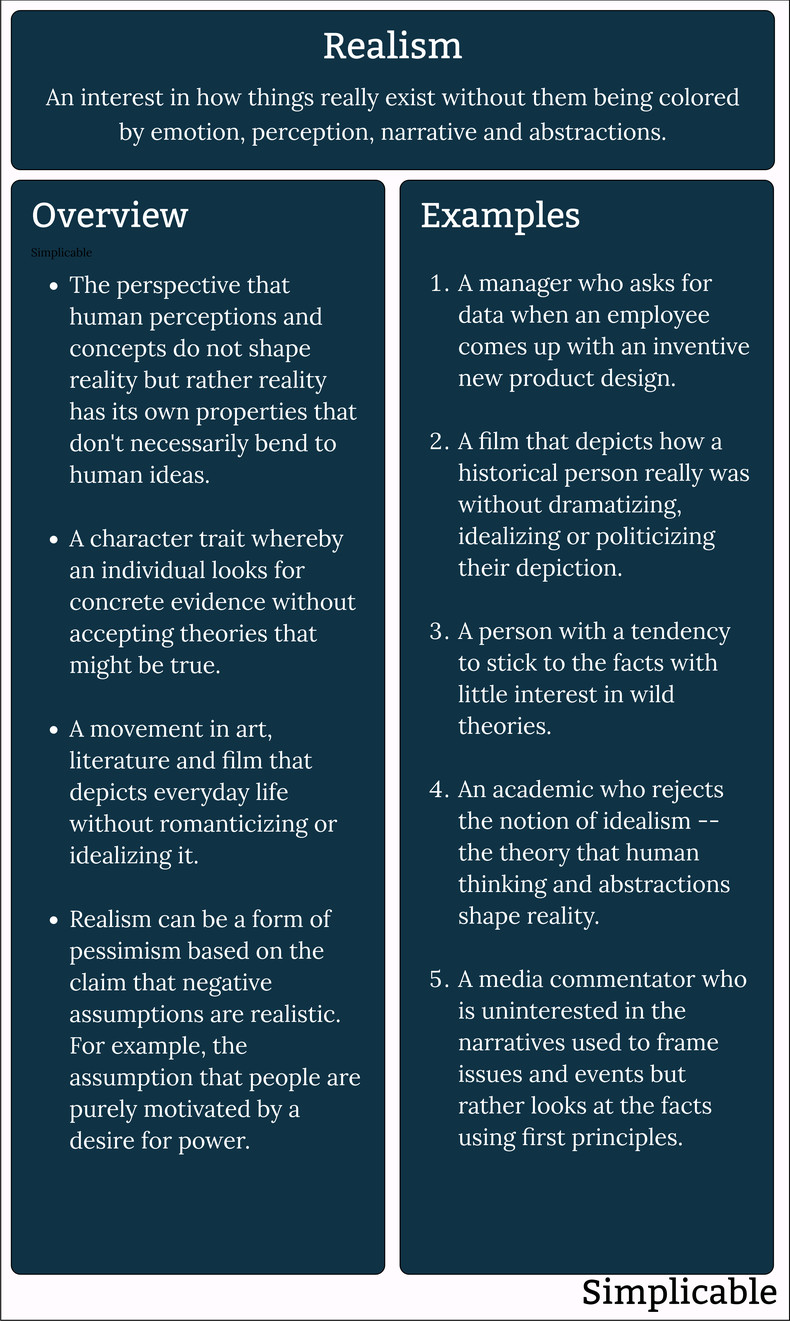
| Overview: Realism | ||
Type | ||
Definition (1) | Viewing the world in terms of hard evidence that is uncolored by human characteristics. | |
Definition (2) | The belief that human senses and measurement can document facts that are real and universal. | |
Related Concepts | ||

